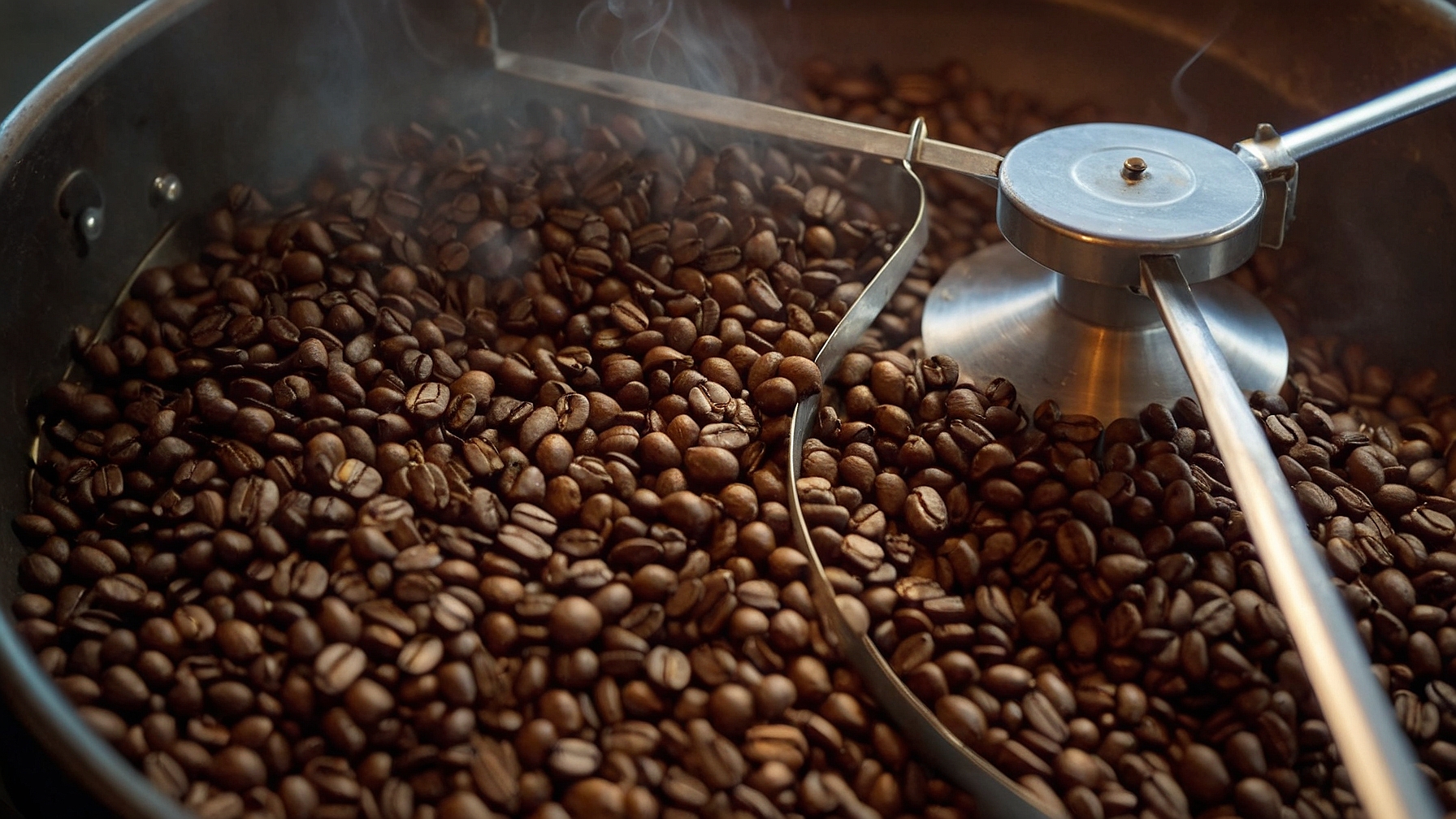Coffee enthusiasts worldwide are constantly on the quest for the perfect cup. Among the various types of roasts, light roast coffee has gained significant popularity for its unique flavor profile and aromatic qualities. This article delves into the intricacies of light roast coffee, offering insights into why it’s cherished by many and how you can find the best light roast coffee to suit your palate.
Table of Contents
ToggleWhat is Light Roast Coffee?
Light roast coffee is characterized by its light brown color, absence of oil on the surface of the beans, and a pronounced acidity that brings out the original flavors of the coffee bean. Unlike darker roasts, which often have a bitter profile due to prolonged roasting, light roasts preserve the bean’s inherent qualities, offering a more complex and nuanced flavor.
The Roasting Process
Roasting coffee beans transforms the green beans into the aromatic brown beans we are familiar with. For light roasts, the beans are roasted for a shorter duration and at lower temperatures. This process ensures that the coffee retains more of its natural flavors and caffeine content, making it a favorite among those who appreciate the subtleties of coffee.

The Flavor Profile of Light Roast Coffee
The flavor profile of light roast coffee can vary significantly depending on the origin of the bean. However, there are common characteristics that define this roast.
Acidity and Brightness
Light roast coffee is known for its high acidity, which gives it a vibrant and lively taste. This acidity is often described as “bright” and can resemble the taste of certain fruits, adding a refreshing quality to the coffee.
Fruity and Floral Notes
Due to the preservation of the bean’s natural flavors, light roast coffee often exhibits fruity and floral notes. This makes each sip a unique experience, as you may detect hints of berries, citrus, or even flowers, depending on the coffee’s origin.
Sweetness
The natural sugars in the coffee bean are more pronounced in light roasts, offering a subtle sweetness that complements the acidity. This balance creates a well-rounded flavor that is both refreshing and satisfying.
Finding the Best Light Roast Coffee
When searching for the best light roast coffee, there are several factors to consider to ensure you choose a coffee that aligns with your taste preferences.
Origin Matters
The origin of the coffee bean plays a crucial role in determining its flavor profile. Beans from different regions offer distinct taste characteristics. For instance, Ethiopian beans are known for their wine-like fruity flavors, while Colombian beans may offer a nutty sweetness. Exploring different origins can help you discover the best light roast coffee for your palate.
Freshness is Key
Freshness is paramount when it comes to light roast coffee. The delicate flavors can quickly diminish if the coffee is not stored properly or consumed soon after roasting. Look for coffee that has a recent roast date and store it in an airtight container to preserve its freshness.
Grind Size and Brewing Method
The grind size and brewing method you choose can also impact the flavor of your light roast coffee. A finer grind is typically used for espresso, while a coarser grind is ideal for French press or drip coffee makers. Experimenting with different brewing methods can help you find the perfect balance of flavor and aroma.
Brewing the Perfect Cup of Light Roast Coffee
To fully appreciate the delicate flavors of light roast coffee, it’s essential to pay attention to the brewing process. Here are some tips to help you brew the perfect cup.
Use Filtered Water
Water quality can significantly affect the taste of your coffee. Using filtered water ensures that no impurities interfere with the coffee’s natural flavors.
Measure Your Coffee and Water
A precise coffee-to-water ratio is crucial for extracting the best flavors. A general guideline is to use one to two tablespoons of coffee per six ounces of water, but feel free to adjust based on your taste preferences.
Monitor the Temperature
The ideal water temperature for brewing light roast coffee is between 195°F and 205°F. Water that is too hot can scorch the coffee, while water that is too cool may not extract the flavors fully.
Time Your Brew
The brewing time can vary depending on the method you choose. For example, a French press typically takes about four minutes, while a pour-over might take three to four minutes. Timing your brew helps ensure that you extract the optimal flavors from your coffee.
Conclusion
Light roast coffee offers a delightful exploration of flavors that can range from bright and fruity to sweet and floral. By understanding the roasting process, flavor profile, and brewing methods, you can enhance your coffee experience and discover the best light roast coffee for your taste. Whether you’re a seasoned coffee lover or new to the world of coffee, the delicate flavors of light roast coffee are sure to provide a refreshing and satisfying experience. Enjoy the journey of discovering the myriad flavors that each cup of light roast coffee has to offer.






